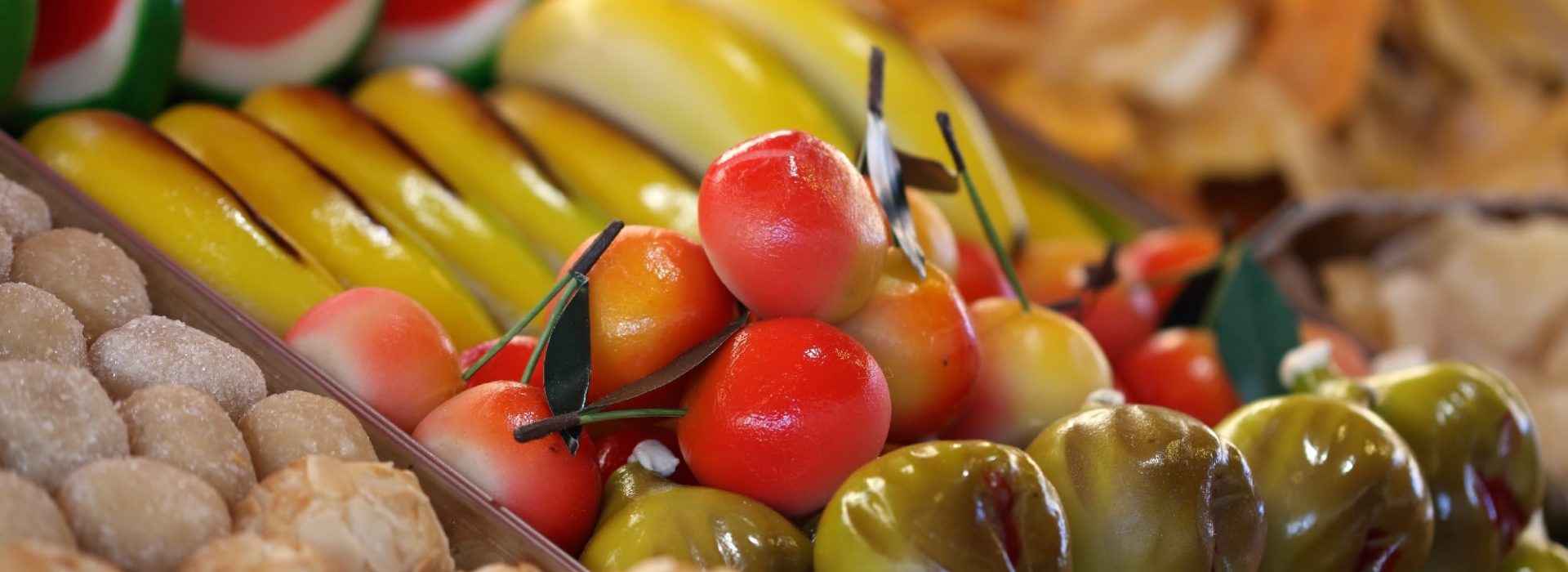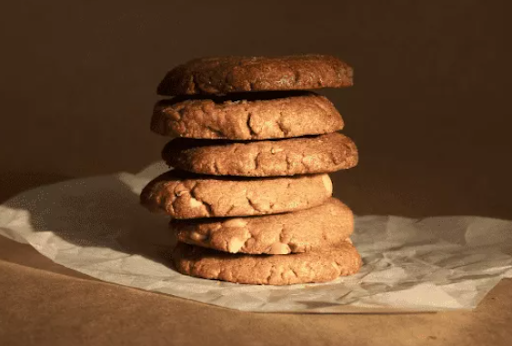Marzipan Candy and the Perished Enemies of the Republic
Yes, that traditional white icing that goes on top of fancy wedding cakes is marzipan. You’ve no doubt spotted some marzipan over the Christmas break in the form of miniature fruit and animals. Maybe you’ve even seen little baby mushrooms and leaves on your buche de Noel or yule log. We’re here to answer some of your marzipan questions, starting with the ingredients.
Traditionally, we make marzipan by combining sugar and honey with finely ground almonds. Egg whites, almond oil, and almond extract may also be added sometimes. You may be asking if marzipan is the same as fondant icing then, and the answer is no. They may appear similar to the naked eye, but fondant is actually just a sugar paste with gelatin or shortening. Fondant does not include almonds.
Marzipan Origins
Origins can be traced to Al-Andalus, formerly the Muslim-ruled Iberian Peninsula. Now known as Spain, it’s home to Toledo,just south of Madrid. Here, mazapán remains as one of the most popular holiday desserts. Thanks to the nuns who first made it here, Toledo regulations actually state that almonds need to make up at least 50% of the dessert’s weight to be properly classed as mazapán.
Another proposed origin comes from Eastern Europe. We see marzipan museums to this day in Germany’s Lübeck and Estonia’s Tallinn. To give Toledo a run for their money, marzipan manufacturers Niederegger require at least 66% of their marzipan weight to come from almonds! Special mention to the Königsberg marzipan, which resembles golden brown cookies and is often filled with jam.
If you travel across to India, you’ll find marzipan is made with cashew nuts, not almonds. Though also popular around Christmas, during Easter it’s easy to find malleable marzipan eggs and chickens in Goa and Mumbai (formerly Bombay). In Lebanon, they often make marzipan with oatmeal, farina, semolina, and, often, orange-blossom flavour. They then make beautiful flower shapes with the confection. Of course we’re all familiar with fruit-shaped candies, which are abundant if you’re lucky enough to visit Portugal. However, our favourite international mention of marzipan has to come from Geneva and its tradition of L’Escalade.
L’Escalade
For those who don’t know, L’Escalade is an annual celebration of the Protestants who were almost conquered by the Catholics in 1602. The legend goes that one of the heroes was a Protestant chef named Mère Royaume. She dumped boiling vegetable soup on the Catholic invaders before raising an alarm. Today, celebrations see chocolate cauldrons filled with marzipan vegetables and candies wrapped in red and gold (Geneva’s colours). As if this wasn’t good enough, the custom requires the eldest and youngest in the room to smash the cauldron open while saying, “Ainsi périssent les ennemis de la République !” – Thus perish the enemies of the Republic!
If you think you can handle this almond confection, here’s a list of various marzipan desserts near you.






